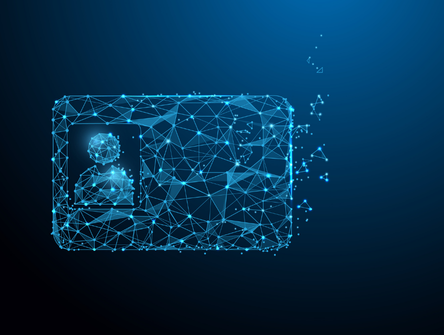Constructive dismissal in the age of AI
What are the legal liabilities for employers when jobs become intolerable following the introduction of AI systems?

Job displacement is an increasingly pressing concern in today's technological landscape. As AI-powered systems such as ChatGPT 4 continue to automate intellectual tasks previously performed by human employees, we must consider how companies are exposed to legal liabilities.
Canadian labour law policy is to maintain a balance of power between employees and employers. The goal is to ensure that employees are fairly protected from exploitation and abuse while allowing employers to manage their businesses effectively.
That balance of power is mostly defined in the Canada Labour Code, employment standards legislation and human rights codes. These laws protect workers from unjust dismissal, discrimination, and other forms of exploitation in the workplace. However, as AI systems displace more and more workers, we'll have to consider the extent to which these laws are equipped to address the unique challenges posed by the disruption to language-driven jobs by AI tools like ChatGPT.
The most apparent liability relates to AI-driven constructive dismissal. As AI systems get more sophisticated, employers will increasingly rely on them to automate various aspects of their business operations. This can lead to significant changes in job responsibilities and employee working conditions.
Although constructive dismissal claims are not new, the rise of sophisticated AI systems introduces new challenges that require nuanced solutions. We assume that systems like ChatGPT will increase efficiency and productivity. However, these systems are equally likely to inform employers' decisions concerning productivity. This is likely to contribute to a reduction in the scope of some employees' work, ultimately resulting in potential claims of constructive dismissal.
Suppose an employee had initially been hired to perform a specific set of tasks to which they are well-suited. What if the employer changes their role to one requiring a different skill set in which the employee is less accomplished or that they view as less rewarding? The employer could find itself accused of constructive dismissal.
Similarly, imagine an employer wants to introduce a new AI system software program that requires employees to undergo training to use the software effectively. This can involve a range of tasks, including prompt preparation integrated with ongoing customization of the AI system's knowledge base of the business operations. If an employee cannot acquire the necessary skills within a reasonable time, they may feel as if they have been forced out of their job, again leading to potential claims of constructive dismissal.
Employers must provide employees with reasonable notice and opportunities to acquire new skills, but determining what constitutes a "reasonable time" is tricky. What's more, the employee must also be willing to make a good-faith effort to acquire those skills.
At times, employers will have to consider whether it is reasonable to reassign the employee unable to adapt to another position or terminate their employment. In the latter case, they may sue for constructive dismissal if they can demonstrate that their job had become intolerable due to the introduction of the AI system.
The economic implications of this are significant. Employers could be liable for damages, compensation or severance pay. Moreover, the negative impact on employee morale and productivity resulting from constructive dismissal can lead to increased turnover, decreased productivity, and lower overall profitability for the employer.
To avoid these situations, employers must be cautious when introducing new technology or processes that require employees to learn new skills. They must give employees sufficient notice and opportunities to acquire skills and knowledge to adapt to AI systems — training programs, mentorship, or other forms of support.
Beyond constructive dismissal, some workers may struggle in an increasingly competitive job market to secure new employment in the same roles they occupied. That, too, can lead to claims for lost income, discrimination, and unjust dismissal. Companies that use AI-powered systems to automate jobs may be liable for failing to adequately support workers during the transition to new employment.
Integrating AI systems is sure to bring about significant changes in the labour market, and with that come legal headaches for employers. They will have to weigh the benefits of AI systems against the potential risks to employees' job security and well-being. Proactive measures to mitigate the risks associated with AI-driven constructive dismissal will help them comply with legal requirements. But policymakers and researchers need to start thinking about AI systems' legal and economic impacts in an evolving labour market and how to offer greater protections for employers and employees.


